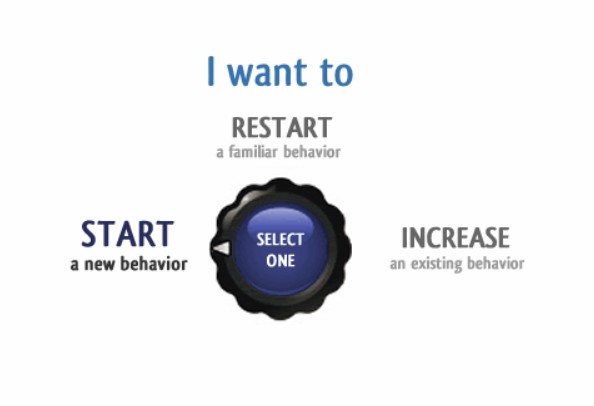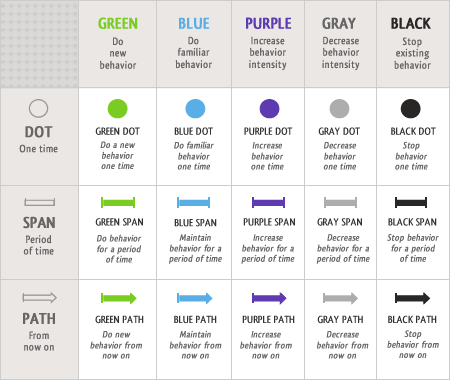March 30, 2015 – When I post something new on 21st Century Tech blog the advertisements that appear above and beside the content reflect it. Why? Because tagged words and descriptors are picked up by Google and matched to paid advertisers’ content. You as my reader may then choose to click on one of those advertisements. It is a form of persuasive manipulation that pervades much of the online world these days.
In a very interesting article by Nanette Byrnes, appearing in the March 23, 2015 issue of MIT Technology Review, she writes about “persuasive computing.” This is technology that not only influences buying decisions but may even alter existing behavior.
You don’t have to look around too much to see just how technology has changed us. When I ride the subway these days and look down the length of a car, 90% of those on board are connected to personal devices. One could describe many of them as technology addicts, packing, not a gun, but a smartphone or media player that is the extension of themselves. Eyes are down focused on the small screen. Some are texting. Others are reading email or news feeds. Some are listening or watching podcasts.
But Byrnes describes the habit forming as being far more than an addiction to a device. She describes the developers of new apps as exploiters of the same psychological and behavioral influences that turn people into addictive gamblers and smokers. This is habit design and it appears in online advertising, games and web sites. When you add the ability to track an individual’s Internet usage then you step into an entirely new dimension of influence….something akin to brainwashing.
At Stanford University there is a Persuasive Tech Lab. It is set up to study how computing products can be designed “to change what people believe and what they do.” Projects include the creation of a behavior wizard mapping 15 ways to alter a person’s thinking. Now the word “wizard” in computing is usually associated with a guided means of installing a new piece of software. At Stanford the behavior wizard is built around a grid which outlines 15 types of behavior as defined by B. J. Fogg (see image below).
Each of the 15 behavior types identified in the Behavior Wizard employs different strategies and techniques to influence a target audience. For example, persuading someone to buy a book (equated with Blue Dot Behavior on the above grid) evokes a different group of steps than getting someone to stop smoking (see Black Path on the grid). In Purple Path Behavior (again, see the grid) a program designer would use the resource guide to input a number of triggers and motivators that would persuade an individual to alter behavior permanently such as changing diet, adding a daily exercise regimen, writing a daily blog, or saving every month for retirement. Choose Green Path Behavior if you want to get someone to change their incandescent light bulbs to compact fluorescent, or buy a new brand of toothpaste. Use Blue Span Behavior to get someone to change a behavior for a limited period of time such as bicycle to work in the summer, or play a video game for the next six months. And if you want to just alter behavior one time you can pick Gray Dot Behavior influencing their decision making one time with the potential of having them see the light for the future. Just dial up the desired path (see image below) and the wizard guides you. Does this sound like brainwashing to you?
 Habit Design Inc., states that is is “the first company in the industry founded by licensed clinical behavioral Ph.D scientists who clinically test on the most promising evidence-based behavioral science from over 100 leading researchers around the world.” They use what they gleen from the science to train companies “to improve their communal wellbeing.” They offer a “training-as-a-service” mobile platform to initiate and reinforce behavior change. And they track progress across their entire network of clients and their employees describing it as a network of over 100,000 “habit designers.” Under the slogan “master the force of habit” they are extending their reach using meetups in communities from San Francisco to Boston. They ascribe success with their many Fortune 100 clients by implementing small and easy steps to influence behavioral change ultimately leading to the end goal.
Habit Design Inc., states that is is “the first company in the industry founded by licensed clinical behavioral Ph.D scientists who clinically test on the most promising evidence-based behavioral science from over 100 leading researchers around the world.” They use what they gleen from the science to train companies “to improve their communal wellbeing.” They offer a “training-as-a-service” mobile platform to initiate and reinforce behavior change. And they track progress across their entire network of clients and their employees describing it as a network of over 100,000 “habit designers.” Under the slogan “master the force of habit” they are extending their reach using meetups in communities from San Francisco to Boston. They ascribe success with their many Fortune 100 clients by implementing small and easy steps to influence behavioral change ultimately leading to the end goal.
When Barack Obama ran his second presidential campaign in 2012 his team was heavily supported by behavioral scientists who used the compiled data from individual voter profiles to develop messages to mobilize and persuade. Judging the success of both the first and second campaigns “persuasive computing” is more than just about influencing one individual. It can be used to influence an entire electorate.
After reading this posting you may start feeling a bit paranoid about the subject matter. Just how much of your current behavior is being altered subtly by each online engagement, by what you watch? Is this different from your past experiences where learning and reading influenced you to become who you are? Or are we dealing with something entirely different and far more Machiavellian?









